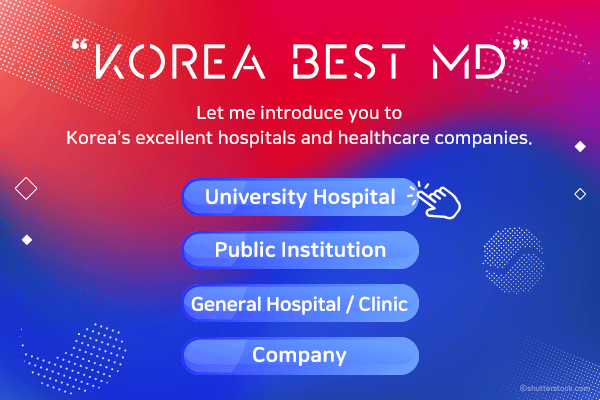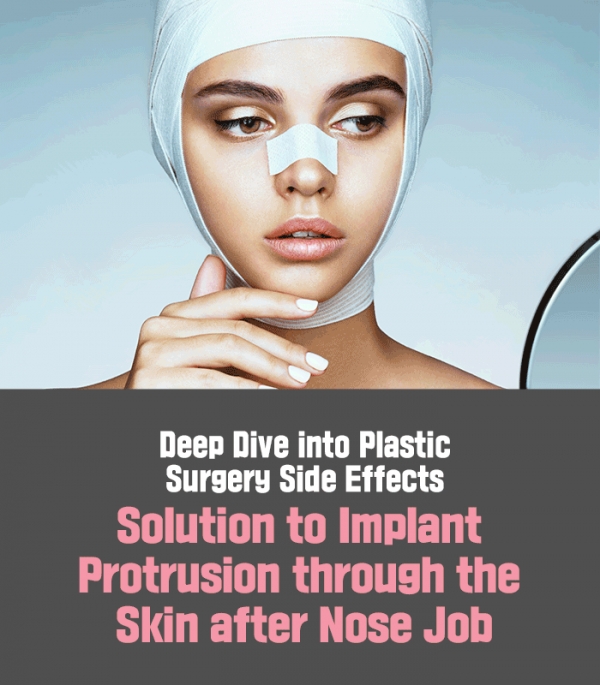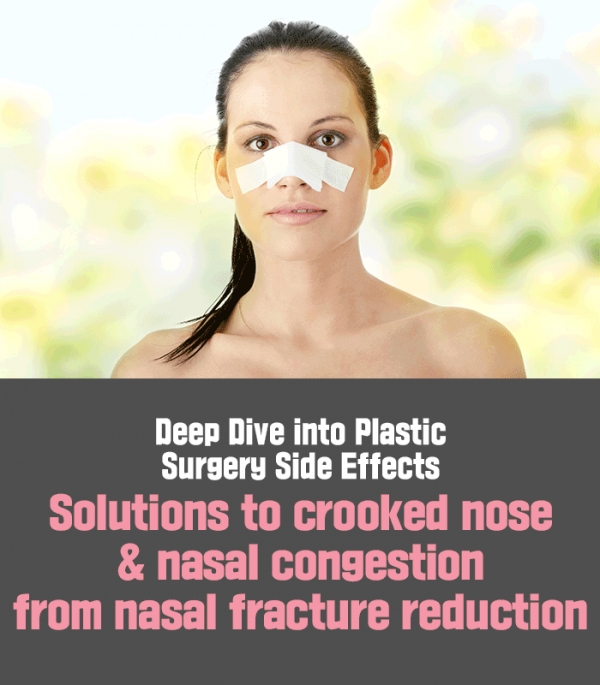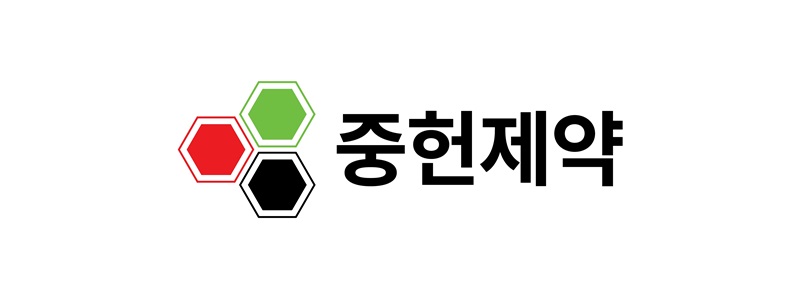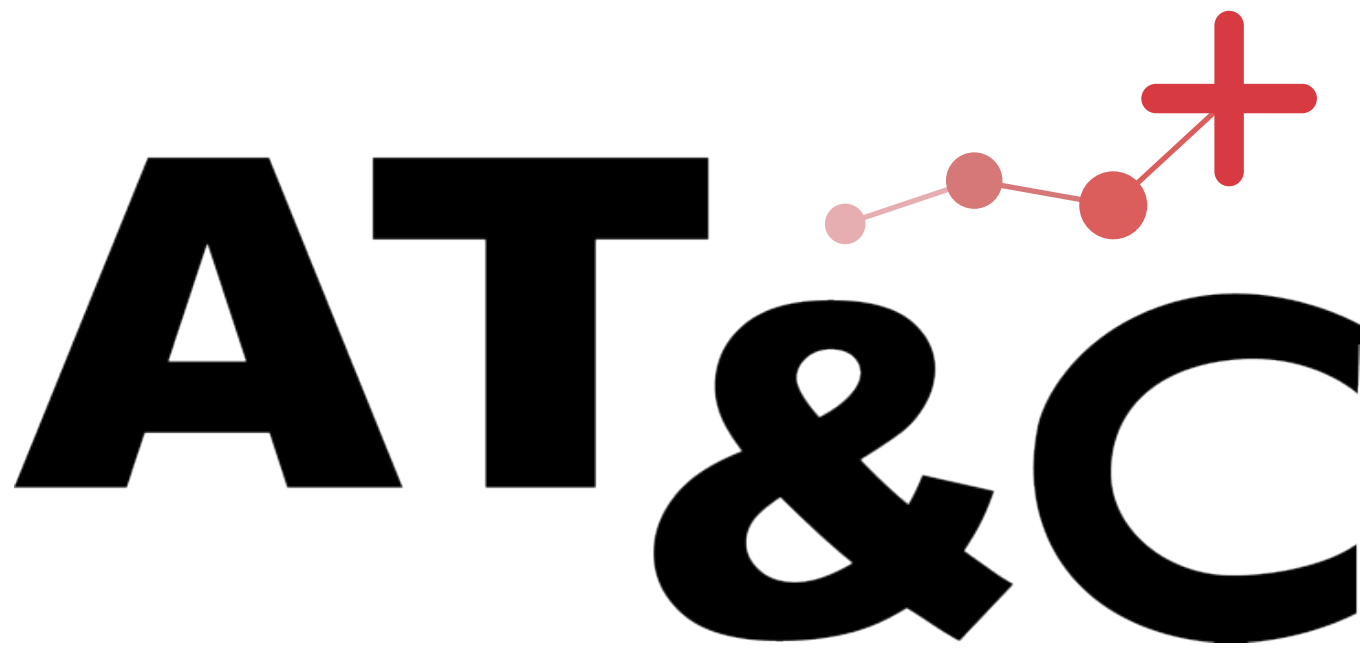Understanding and Preventing Heat-Related Illnesses
During the summer, it's important to take preventive measures against heat-related illnesses by using sunscreen, sunshades, and staying well-hydrated (Image provided by Clipart Korea).Even in early summer, daytime temperatures are already exceeding 30°C, and forecasts suggest this year’s summer will be hotter and more humid than usual. It is essential to prepare thoroughly for heat-related illnesses before the peak of the heat sets in.Heat-related illnesses are acute conditions that occur after prolonged exposure to high temperatures. Common types include heat exhaustion, heat stroke, heat cramps, heat syncope, and sunburn. While most can be prevented or managed effectively with early intervention, if left untreated, they may lead to serious complications such as loss of consciousness, organ damage, or even death—making timely awareness and caution essential.▲Heat Exhaustion=Heat exhaustion occurs when the body is exposed to high temperatures for an extended period without adequate fluid and electrolyte replenishment. Symptoms include dizziness, fatigue, nausea, weakness, fever, excessive sweating, flushed skin, rapid heartbeat, vomiting, and confusion. If these signs appear, the person should rest in a cool place and rehydrate with water and electrolytes.Professor Taerim Kim of the Emergency Medicine Department at Samsung Medical Center noted, “There was an incident where a marathon had to be halted because a man in his 30s showed classic signs of heat exhaustion—high fever, dizziness, and vomiting. Early warning signs must not be ignored.”▲Heat Stroke=Heat stroke typically affects the elderly, individuals with heart conditions, dementia, or mental health disorders who are exposed to hot and humid environments for extended periods. While it may appear similar to heat exhaustion, heat stroke is more severe and is characterized by the absence of sweating, more intense nausea and vomiting, altered consciousness, and a body temperature exceeding 40°C (104°F).In such cases, the patient must be moved to a shaded area immediately, have their clothing loosened, and their body cooled using cold, wet towels. At the same time, emergency services (119) should be called for prompt hospital transport. Drinking cold water may help lower body temperature, but it must be avoided if the person is unconscious, as it could cause choking.Professor Taerim Kim emphasized, “Heat stroke is extremely dangerous—if treatment is delayed, it can lead to multiple organ failure.”▲Heat Cramps=Heat cramps are muscle spasms caused by a loss of salt in the body due to excessive sweating in high temperatures. These sudden cramps commonly affect frequently used muscles such as the calves, thighs, abdomen, and fingers. When heat cramps occur, the person should rest in a cool, shaded area, gently stretch the affected muscles, and avoid strenuous activity. Drinking an electrolyte-rich beverage can help recovery. If unavailable, mixing 1–2 teaspoons of salt in 1 liter of water can be an effective substitute.▲Heat Syncope=Heat syncope refers to brief fainting episodes that typically occur in the elderly or young children who are unable to adapt to extreme heat. It usually resolves quickly with rest. To aid recovery, the person should lie down in a cool, shaded area, maintain steady breathing, keep their head low, and rehydrate with fluids or electrolytes.▲Sunburn=Sunburn occurs when the skin becomes red and painful after prolonged exposure to intense sunlight. In more severe cases, blisters may form, and the face and limbs can swell, accompanied by a rise in body temperature. If symptoms occur, apply a cold compress to the affected area and manage the pain with anti-inflammatory or pain-relieving medication.To prevent heat-related illnesses, it is most important to stay well-hydrated, avoid direct sunlight, and limit outdoor activities during the hottest parts of the day. It's also essential to drink water frequently and avoid beverages that can cause dehydration, such as those containing caffeine or alcohol.Professor Soohyun Cho of the Department of Family Medicine at Chung-Ang University Hospital advised, “On days when heat wave advisories are issued or the weather is extremely hot, it’s best to minimize outdoor activities—especially between 11 a.m. and 3 p.m., when the sun is strongest.” She added, “When going outside, using items like a parasol, hat, or lightweight outerwear to block direct sunlight as much as possible can also be helpful.” Outdoor workers, in particular, must be extra cautious about heat-related illnesses. To prevent them, it’s important to keep cool water nearby and drink it frequently. Taking regular breaks is also essential. Professor Soohyun Cho advised, “It’s best to take scheduled breaks of 10 to 15 minutes every hour, and to avoid outdoor work altogether during the hottest hours between 2 p.m. and 5 p.m.”
















